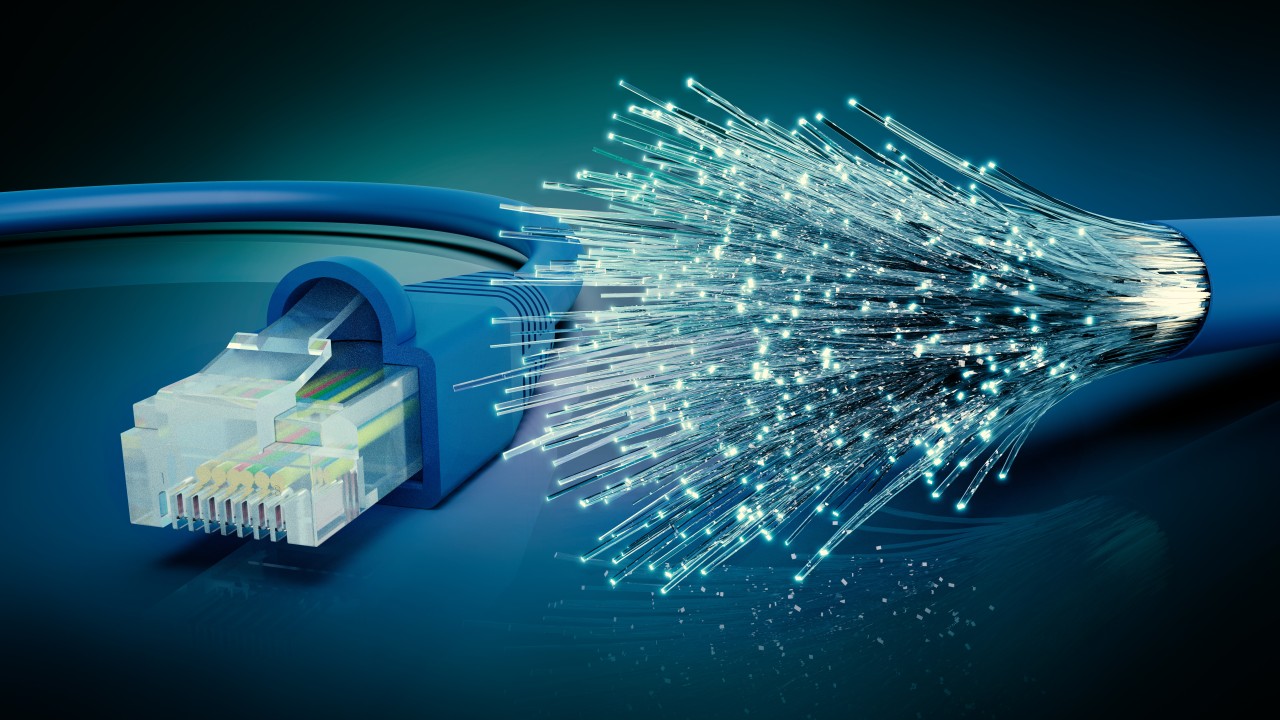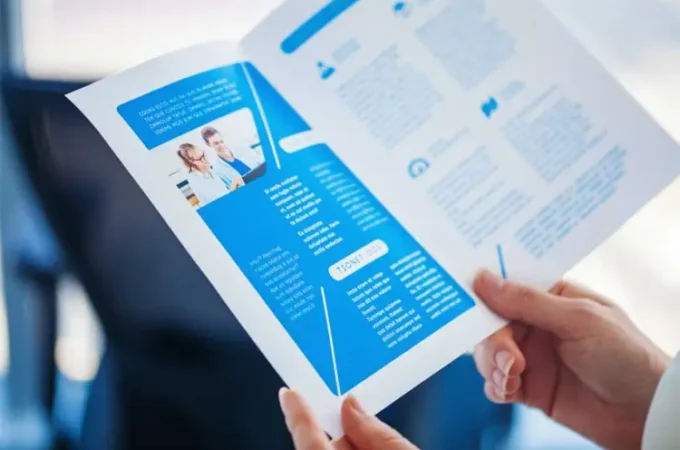
Fiber Optic vs. Copper Cabling: Pros and Cons for Data Networks
The choice between fiber optic and copper cabling can have a major impact on businesses and data centers. Fiber optics offer high-speed data transfer, immunity to interference, and durability but come with high installation costs. Whereas copper fiber cables are cost-effective and easy to install but they may have limitations in speed and distance. With rising bandwidth demands driven by video, IoT, 5G, and more, networks must keep pace. But should you stick with tried-and-true copper, or make the switch to lightning-fast fiber optics? Let’s examine the pros, cons, costs, performance, security, compatibility, environmental factors, and future outlook to gain insight.
The Financial Equation: Total Cost of Ownership
Fiber optic cabling looks to be significantly more costly at the beginning. But looking at only initial costs is short-sighted. Over time, the maintenance, upgrades, replacements, and lost productivity from slow speeds make copper the pricier choice.
If you need assistance selecting and installing copper or fiber optic data cables for your organization in the Hollywood, Florida area, try to contact this data cable installation in Hollywood Florida. They can help assess your needs and deploy the right cabling infrastructure. Fiber optic cables last up to 50 years, minimizing upkeep. Copper degrades after just 5 years, requiring frequent replacements. And while copper initially carries 1 Gbps, fiber starts at 10 Gbps.
Upgrading copper to match fiber’s speed multiplies costs. Factor in Copper’s vulnerability to interference, and fiber optics deliver better value long-term. The upfront costs of fiber optic cables are estimated to be 3-5 times higher than copper cables. However, over time fiber optics save tremendously through:
Lower maintenance costs: Fiber can last for as long as 50 years, whereas copper starts to degrade after just 5 years, needing frequent replacements.
Avoid upgrade costs: While copper initially carries 1 Gbps, fiber starts at 10 Gbps. To match fiber’s speed, copper connections require expensive upgrades.
Increased productivity: Slower network speeds caused by copper cables can reduce workforce efficiency. The impact on productivity is hard to measure precisely, but it’s certainly significant.
Lower power usage: Fiber optic networks consume 2 to 3 times less power than copper networks which can help lower electricity costs.
When all factors are considered, fiber optics provide better value and pay for themselves over the long haul. Treating fiber as an IT investment rather than a cost yields dividends down the road.
Performance Metrics: Speed, Bandwidth, and Reliability
Fiber optic cables support data rates up to 60 terabits per second, while even Category 8 copper maxes out around 40-50 gigabits per second. No doubt, fiber’s transmission speed potential is significantly higher.
Fiber also offers nearly unlimited bandwidth potential through Wavelength Division Multiplexing (WDM). By transmitting data on multiple wavelengths of light through a single fiber, endless channels open up. Copper is limited to 10 Gbps on Cat 6 and 40 Gbps on Cat 8 due to its narrow electromagnetic spectrum.
Environmental factors like electromagnetic interference (EMI) barely impact fiber optics, but can completely decimate copper signal integrity. Copper networks suffer regular outages from severed lines. Fiber networks deliver over 50 times copper’s speed, essentially infinite bandwidth, and unparalleled reliability.

Security Concerns: Which is More Secure?
Fiber optic cables are inherently more secure than copper alternatives. Since fiber transmits data as light pulses, there is no electromagnetic signature for potential hackers to tap into. Copper cables generate detectable electric fields during data transmission, making it possible to intercept signals.
Any attempt to physically tap a fiber optic cable immediately corrupts the light signal, notifying network administrators of the breach. Copper wiretapping goes entirely undetected. Extracting data from a fiber line without detection is virtually impossible. Only direct access to the fiber at vulnerable points could lead to a security breach.
Fiber optic networks can also be deployed in a physically secure manner because of the ease of transmitting signals over long distances. Overall, fiber optics provide a monumental security advantage for protecting sensitive data.
Compatibility and Infrastructure Challenges
Integrating fiber optics into copper-centric systems can be complicated. Copper-based Ethernet protocols like 1000 Base-T don’t work directly with newer 100GbE and beyond fiber connections. Expensive adapters convert between the two reducing fiber’s speed advantage.
New structured cabling with fiber backbones and copper horizontal runs strikes a balance. It maintains compatibility with existing hardware while benefiting from fiber’s higher bandwidth. As legacy hardware gets refreshed, fiber can take over everything. With planning, fiber can integrate into any environment.
Environmental Factors: Susceptibility to Interference
Copper cables often face electromagnetic interference (EMI) problems. This interference comes from nearby motors, generators, transformers, and electrical wires, causing disruptions in copper signals. Although shielding can help reduce this interference, it adds extra size and cost and doesn’t completely solve the problem. Fiber optics are immune to EMI by nature, giving them a clear edge in industrial and other challenging settings.
Future-Proofing Your Network
Copper speeds have come a long way, going from 10 Mbps to 10 Gbps on Cat-6 cables. However, fiber optic cables have made even more impressive progress, jumping from 10 Mbps to a whopping 400 Gbps. Emerging terabit speeds are almost here and fiber optics have no apparent limit to their bandwidth. This makes fiber significantly more future-proof compared to copper, which limits the laws of physics to speed below 100 Gbps.
New technologies like 5G cellular networks require extensive backbone bandwidth, and fiber optics are the only solution capable of meeting these requirements. As wireless speeds surpass wired, fiber backhaul will prevent copper bottlenecks. Investing in fiber optics now ensures your network will satisfy demands well into the future.

Frequently Asked Questions
Is fiber optic cabling worth the high initial cost?
The upfront cost can seem daunting, but fiber saves tremendously long-term through minimal maintenance, zero repeat purchases, lower power usage, and avoiding productivity losses from slow speeds. Treat fiber as an investment rather than an expense.
How do environmental factors affect copper and fiber cabling?
Copper cabling is easily disrupted by electromagnetic interference, humidity, temperature variations, and other environmental factors. Fiber optics are immune to these effects, giving them a distinct advantage in challenging installation environments.
What are the hidden costs of copper versus fiber optic cabling?
Frequent copper cable replacements, EMI mitigation efforts, aggregated downtime from environmental disruptions, upgrade costs to match fiber speeds, and potential data breaches all make copper more expensive than it first appears.
Conclusion
In the battle of Fiber Optic vs. Copper Cabling, both have their pro and con. In high-speed data networks, fiber optic cabling outperforms copper in nearly every way. While copper remains entrenched, fiber provides superior bandwidth, reliability, future upgradability, and security. As costs continue to decline, fiber optics become increasingly compelling, making them the clear choice for new infrastructure deployments and upgrades. It’s the clear choice for data networks that need to keep up with our evolving digital world. When thinking about your network’s backbone, fiber optics can be a smart choice for the long run to keep up with the fast-paced world of data.




